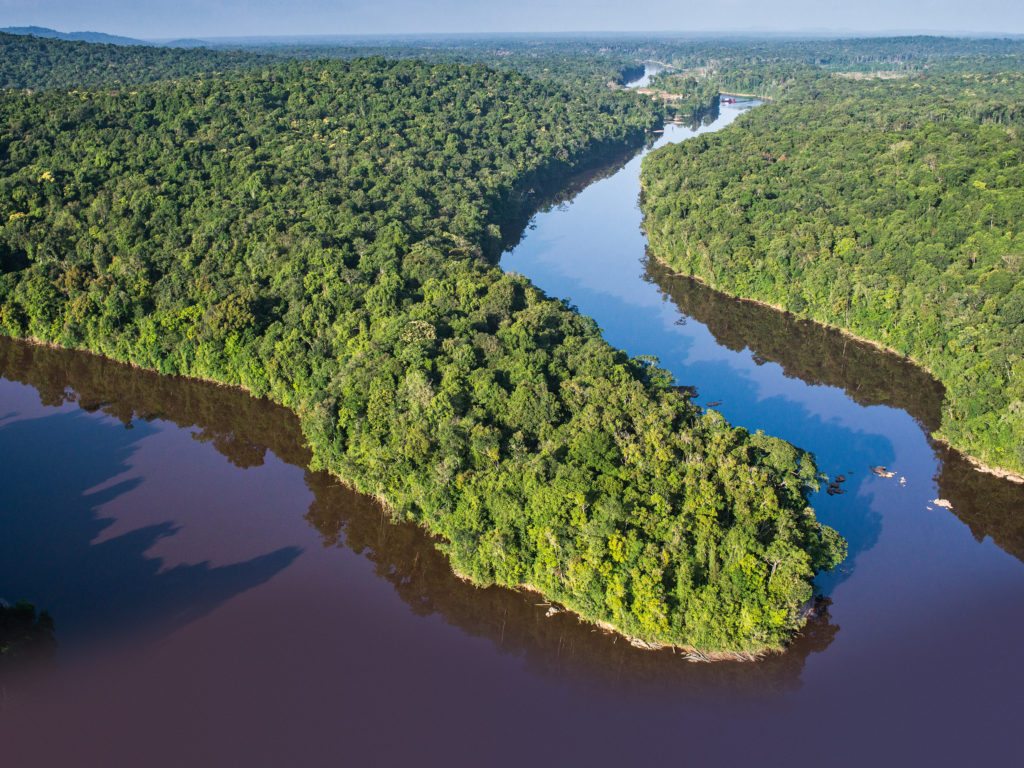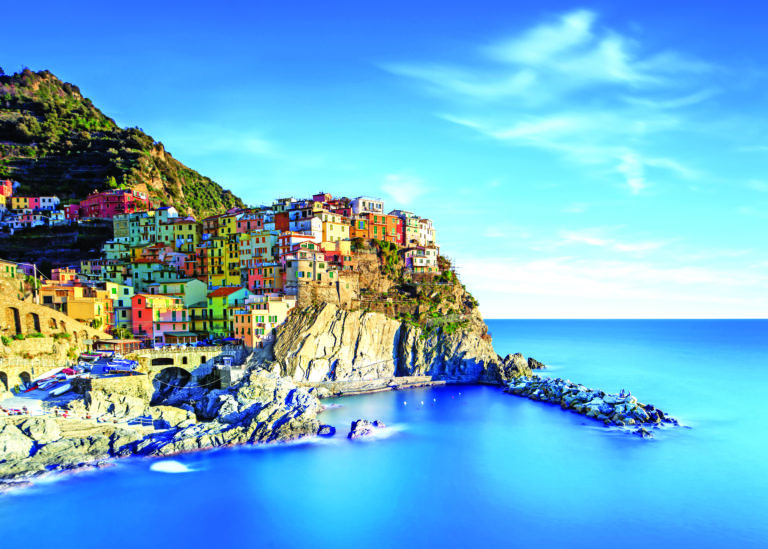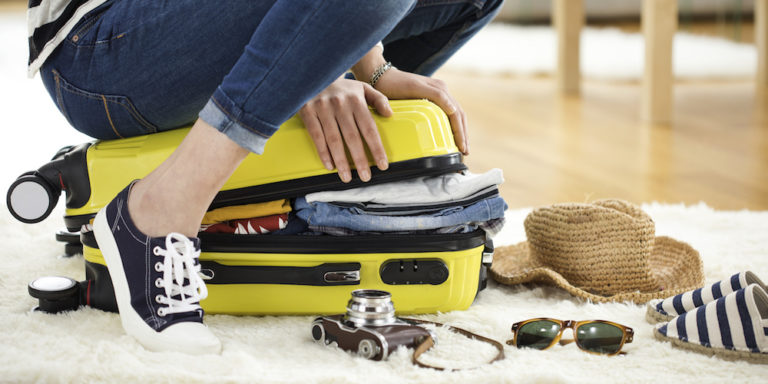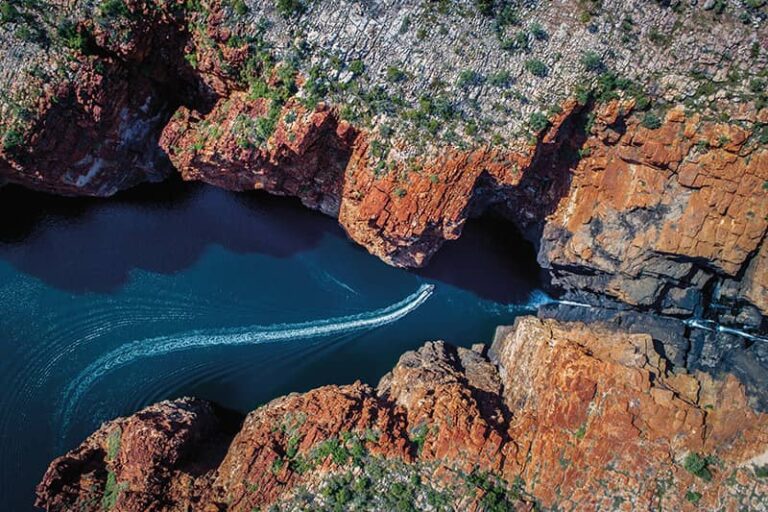We’re at a meeting, or krutu, in the village of Dan, on the Upper Suriname River in this remote and stunning part of South America. The four elder leaders – known as “captains” – are sitting in a row in the meeting house, representing the major families in the village.
A man is affirming everything that is said. We later learn he is a basja (secretary), who keeps the minutes in his head, not on paper. If there’s ever a disagreement about what took place at a krutu, he’s the one to consult.
We are in what is known as “the interior” of little-known Suriname, which, like its neighbour to the west, Guyana, lies in the ancient, geological zone known as the Guiana Shield. It’s where one of the world’s four remaining large tracts of relatively undisturbed tropical rainforest meets the Amazon Basin. It’s also a region with one of the highest biodiversities in the world.
We’ve travelled by road 190 kilometres south from the capital, Paramaribo, to the crossing of Atjoni, where we piled into a dugout canoe with a motor. We whoosh through rapids and past huge rocks, where children play in natural jacuzzis and women wash their clothes, to this region where about 30,000 descendants of escaped African slaves, known as Maroons, live.
I’m with a group of travel agents and guides invited by Wilderness Explorers, a tour company based in Guyana. They are here to gauge the potential for further tourism, which brings in much-needed foreign exchange.
I ask the captains if they are concerned about how tourism could change their traditional way of life. “Only if you break the rules,” Captain Maroni says. “In the beginning, when tourism came there was one answer for it; it was yes. And we still say yes. The only thing is you guys aren’t quick enough to bring people here because we’re ready for it.”
In the 1650s, the British, who first colonised Suriname, and Jewish refugees from Brazil introduced sugar cultivation to the coast, importing African slaves to work in the plantations, which also grew coffee and cocoa. In 1667, the colony was ceded to the Dutch and became known as Dutch Guiana, a harsh destination for unruly slaves from other parts of the Caribbean.
Many were tortured and died, while others escaped and waged a brutal, guerilla war against the Dutch, who finally signed a peace treaty with them in 1760. In 1863, slavery was abolished here and the Africans were replaced with Javanese and Indian contract labourers.
MOVING FORWARD
Independent since 1975, Suriname is now one of the most ethnically diverse societies in South America, with Maroons, Creoles, East Indians, Indonesians, Chinese, Europeans and Amerindians (South American Indians) living together peacefully.
The Maroons’ phenomenal memory was essential as they formed a new oral culture and, in this region, their own language – Saramaccan, a Portuguese- and English-inspired Creole – interspersed with the country’s official Dutch. Captain Maroni reveals that as a young boy he memorised the whole history of the village from the village master, right back to the first escaped slaves who made their way through the jungle and established communities, learning how to survive from the Amerindians, who they eventually displaced.
For 300 years they remained almost frozen in time, with little outside contact. But since a road was built 30 years ago, more people have arrived and villagers have seen the potential for tourism, starting eco-lodges or leasing land so that others could run them.
The first lodge we stay at is Anaula Nature Resort. We visit the village of Nieuw Aurora to learn about their traditional lifestyle, then travel 90 minutes to Danpaati River Lodge, where we are greeted by drums, dancing and singing by the staff, mainly from Dan, who are interviewed for their jobs by the captains.
Henk Tjassing, an advisor to the lodge, reveals that in the early 1990s he was invited as the-then president of the board of a healthcare organisation in the Netherlands to come and help communities affected by the 1980s civil war. It was decided to build Danpaati on an island in the river to provide development opportunities, with profits going to fund the healthcare centre in Dan, elderly home care and a kindergarten for the children of women from 12 villages, who are often away for days at a time working in the fields. The Dan captains also want to raise money to provide running water for the village.
Here tourists can swim, canoe, fish, do yoga, have a traditional massage, don a life jacket and float down the river or visit the villages. While visiting nearby Pikin Slee, our young guide, Ruwat Kwadjani, says he is excited about the benefits of tourism. “We get to know other people from other cultures. It can change our way of life. We can do things better. And I get to speak English.”
A group of five Rastafarian woodcarvers started the Saramaccan Museum in 2011. One of them, Mando Doekoe, says they had felt stigmatised for being Rasta and wanted to show they were hard-working and proud of their Saramaccan culture.
RENEWING THE ENVIRONMENT
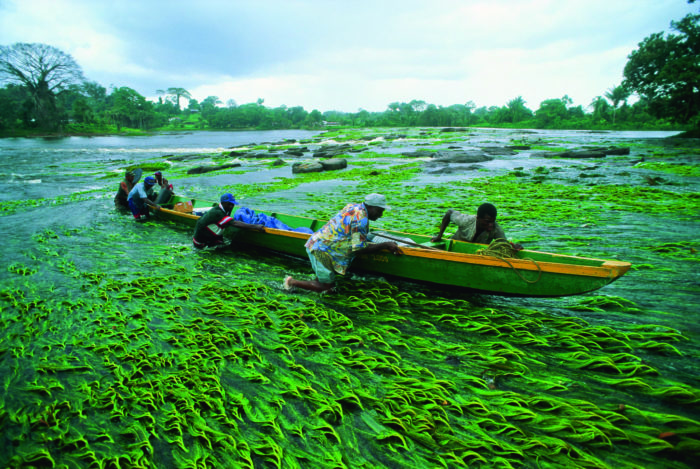
After flying from Paramaribo to Georgetown, the capital of Guyana, we take a small plane to Kaieteur Falls, the world’s largest, single-drop waterfall, based on the volume flowing over it. We overnight here, then take another flight and are met at the airstrip at Apoteri and taken by boat to Rewa Eco-lodge at the meeting point of the Rupununi and Rewa Rivers. Like several others, it is run by the local Amerindian community. Once only practising a subsistence lifestyle, they are now able to turn their skills into providing community-based tourism.
Manager Rudolph “Rudy” Edwards says that around 300 Makushi people live in the village. Until about 10 years ago many relied on hunting and fishing for extra cash, selling what they caught across the border in Brazil or acting as guides for hunters. In the early 1990s, the Guyanese government set aside about 405,000 hectares as a rainforest reserve called Iwokrama, between the Akaiwanna and Iwokrama mountains. A canopy walkway was built for wildlife viewing and then the Atta Rainforest Lodge.
The Rewa community was inspired by this to build their lodge in 2005. Run by a tourism committee under the village council, it provides jobs for men and women. It’s a good base for adventurous travellers wanting to hike or canoe or to enjoy fishing, birdwatching or wildlife spotting for jaguar, anaconda, giant river turtles and giant river otters. At first, says Rudy, they weren’t “educated or trained how to handle tourism” and only had two clients. But with hard work and guidance this rose to seven in 2006, to 264 in 2015.
Wildlife Clubs were then started to teach young people about their environment. Former Wildlife Club members have become guides and conservationists and are involved in the monitoring of endangered animals, such as the arapaima, the world’s largest, freshwater scaled fish – a living fossil. “One of the reasons we started our tours was also to save our culture,” Rudy says.
Another young guide, Davis Edwards, tells me he left the village when he was 14 to work in goldmines and logging for eight years, but much prefers being home. “People will change,” he says of the need for resource management. “They see they have to save the trees. The number of arapaima have now increased.”
Amerindian Heritage Day is being held at Rewa’s football ground and we watch competitions to find the fastest cassava grater and drinker of piwari (fermented cassava), as well as archery contests. School children sing of how beautiful their country is. Cassava-grater champion and Year Four teacher Judy Paul tells me she was also a Wildlife Club member and believes tourism will benefit her students and children when they grow up as they will have local jobs.


